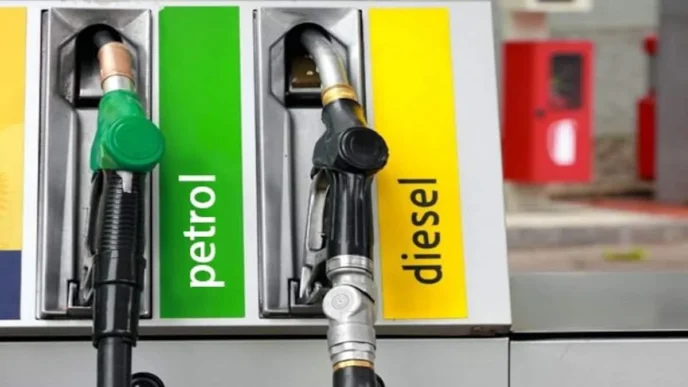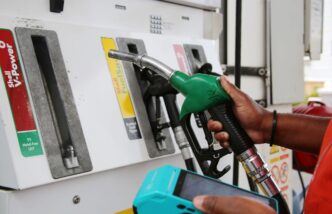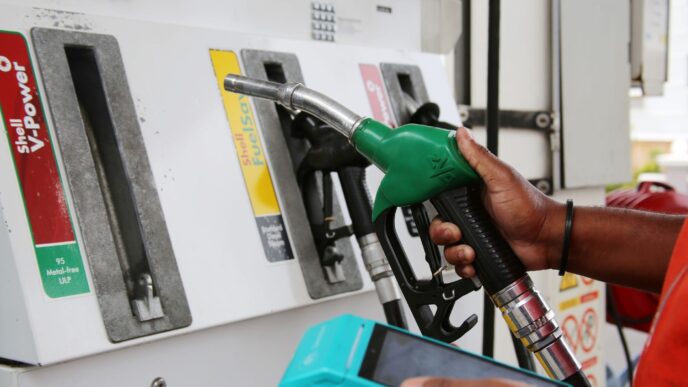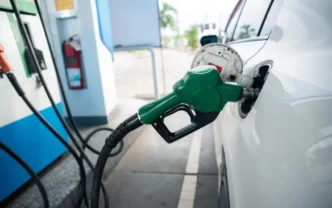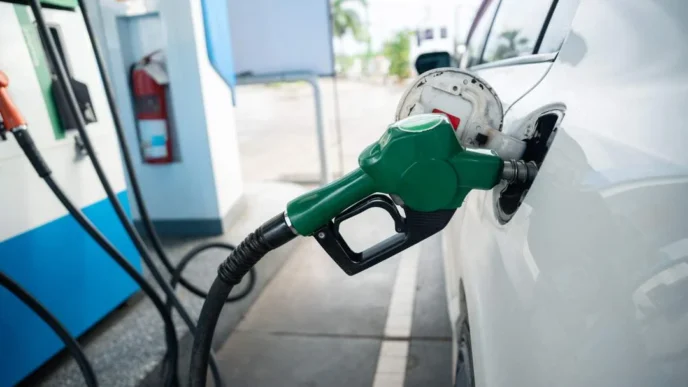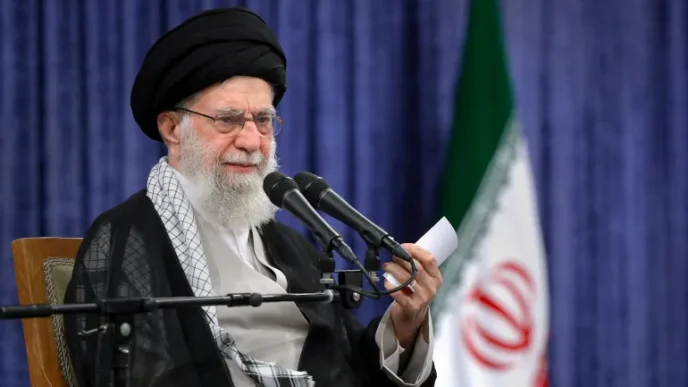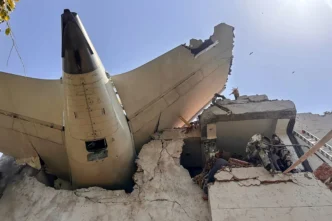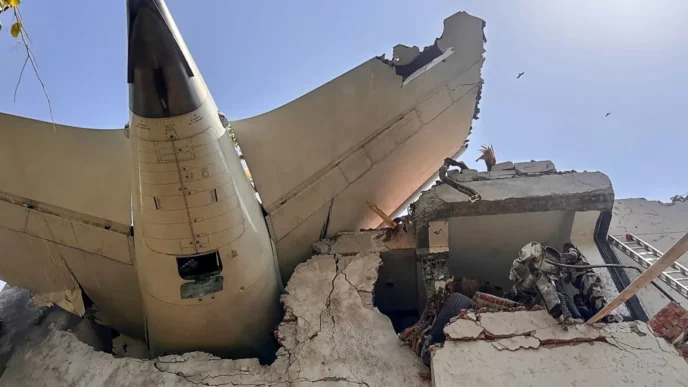South Africa’s power utility Eskom is “right on the edge” of triggering loadshedding as winter demand strains an already fragile electricity grid, according to recent reports. With coal shortages, unplanned outages, and aging infrastructure compounding risks, analysts warn that even minor disruptions could plunge the nation into rolling blackouts—a scenario that has plagued households and businesses for years.
The utility’s winter outlook paints a dire picture, citing a precarious balance between generation capacity and demand. Over half of Eskom’s coal-fired plants operate below optimal efficiency, with Medupi and Kusile power stations alone accounting for 40% of unplanned outages in 2025 . A Pretoria-based energy analyst noted, “This isn’t just about winter—it’s about decades of neglect catching up to us. Eskom’s margins are razor-thin”.
Compounding the crisis are ongoing supply chain disruptions and fuel shortages. Coal stockpiles at key power stations remain critically low, with Deloitte’s 2024 audit revealing that Eskom’s coal reserves fell below the 25-day threshold deemed necessary for winter stability. Workers at Mpumalanga’s coal mines have also raised concerns over equipment failures and labor disputes, further delaying deliveries. “We’re running on borrowed time,” said a union representative.
Public frustration is mounting as businesses and households brace for potential blackouts. Small enterprises, already reeling from loadshedding’s economic toll, fear another winter of uncertainty. “A single blackout can cost us thousands—this isn’t sustainable,” said a Johannesburg restaurant owner. Meanwhile, residents in townships reliant on electric heating face heightened anxiety, with many accusing Eskom of failing to prioritize basic needs over industrial consumers.
Eskom has urged citizens to reduce consumption, launching a public campaign to curb non-essential use. However, critics argue that short-term appeals mask deeper institutional failures, including corruption scandals and mismanagement that have delayed critical upgrades. The utility’s debt-ridden state—exceeding R400 billion—has also limited its ability to invest in renewable alternatives or emergency repairs.
Government officials have pledged support, including fast-tracking renewable energy projects and emergency funding for coal procurement. Yet progress remains sluggish, with solar and wind initiatives contributing less than 5% of national capacity in 2025 . Energy Minister Gwede Mantashe reiterated his stance that “Eskom remains the backbone of our energy security,” though skeptics question whether incremental fixes can avert disaster.
As temperatures drop, the nation holds its breath. Eskom’s ability to navigate this winter will test its resilience—and the government’s commitment to overhauling a system that has long defined South Africa’s economic struggles.
